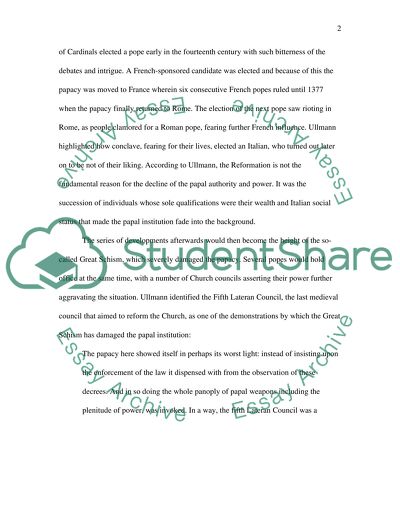Cite this document
(“Historiography of the Failures of the Late Medieval Papacy Essay”, n.d.)
Retrieved from https://studentshare.org/environmental-studies/1416111-historiography-of-the-failures-of-the-late
Retrieved from https://studentshare.org/environmental-studies/1416111-historiography-of-the-failures-of-the-late
(Historiography of the Failures of the Late Medieval Papacy Essay)
https://studentshare.org/environmental-studies/1416111-historiography-of-the-failures-of-the-late.
https://studentshare.org/environmental-studies/1416111-historiography-of-the-failures-of-the-late.
“Historiography of the Failures of the Late Medieval Papacy Essay”, n.d. https://studentshare.org/environmental-studies/1416111-historiography-of-the-failures-of-the-late.


